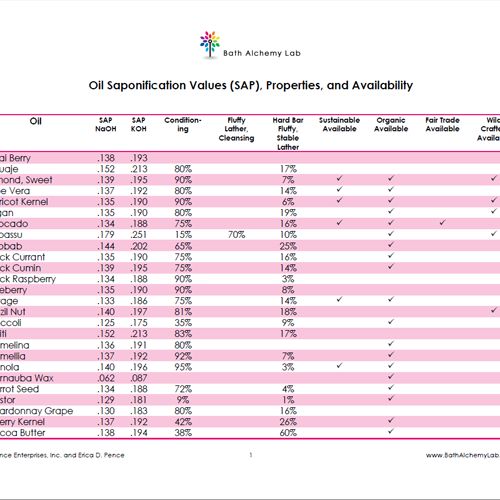Lye is one of the main ingredients in our soap recipes, but it will disappear completely during the chemical reaction mixed with oils or fat.
Lye consists of water and sodium hydroxide (NaOH) or water and Potassium hydroxide (KOH). In many countries, KOH is hard or impossible to buy because it can make explosives.
How caustic is lye?
NaOH and KOH are highly caustic chemicals and must be handled with care. It can cause blindness, burn holes in clothes and leave burn marks on the skin. The fumes lye makes are alså caustic, and you should only dissolve NaOH in water under a vent-a-hood on high. Some soapers mix the lye outside or with open windows, but I think my way is safer. It would be best if you did not walk around the house with a lye solution. I make all my soap on my stove under the vent-a-hood, ill keep the vent on during the whole process. My stove has a flat surface, so this makes sense in my case.
When mixing the chemical with water, it is important always to sprinkle it in water and not pour water in as number two. It is at risk of volcanic boiling because the reaction is extreme.
Should you be afraid of lye?
If you follow the steps for safe soapmaking, you shouldn’t have any problems, and everything will be fine. I have never been burned in all my years of soaping, but I am very cautious, and I urge you to be the same.
Did you know that most people have lye in their homes? Lye is a component in many cleaners, including drain cleaners, oven cleaners, and dishwasher detergents. So the chance is that you are familiar with this chemical already.
Never make soap from lye with small children nearby. This is for informed adults only!
Lye consistency
NaOH looks like water once it is dissolved in water, so you must take every precaution and keep it away from kids and pets. Tell your family you are making soap, and that they should be careful not to touch anything.
Can soap be made without lye?
You can cheat and buy melt-and-pour soap, and this is a great option for kids. But the melt-and-pour batter is made with lye or something we rather not use on our skin. So read the label carefully before buying.
It is not the chemical (KOH or NaOH) that causes the fatty acid to make soap, but the caustic ability of the lye. Therefore you can use any caustic product. Ash has been used for thousands of years, and if you like to try it out for yourself, you can use this free recipe for soap made of waste.
Commercial soap is made with sulfates, but it is not actually soap in the true sense of the word. Soap is saponified oil.
How to saponify?
The saponification of oils and fats takes place by caustic influencing the fatty acids to change form. All fats need different amounts of lye to convert as they contain different amounts and types of fatty acids (oleic, saturated and unsaturated, etc). That is why it is so extremely important to be precise in weighing the ingredients. And of course, you can not just replace one oil with another, because the new oil can have a completely different so-called SAP number (short for saponification). Another reason why you should not just change oils is that they have different properties in the soap. Some fatty acids, for example, give a balm effect, while others are cleansing or give hardness and durability to the bar.
If you want to develop your own recipes, you need to calculate SAP

A much easier method, however, is to learn how to use a soap calculator. There are many of them, but I prefer SoapCalc which has the most oils and which is very detailed with the information you can get out of it.
Using a soap calculator is not something you learn in five minutes! Therefore, it can in no way be recommended for beginners. Use our recipes instead.
Can lye soap make skin itch?
- pH levels in homemade soap is higher than in commercial ones. Some people with very sensitive skin can react to this.
- If your skin react, it is probably one of your other ingredients like coconut oil, glycerin or most likely scent, artificial collor or essential oils. These are known to be harmfull.
How is NaOH made?
This is a home video showing the proces of making NaOH from table salt. Did you know, you can make it yourself?



